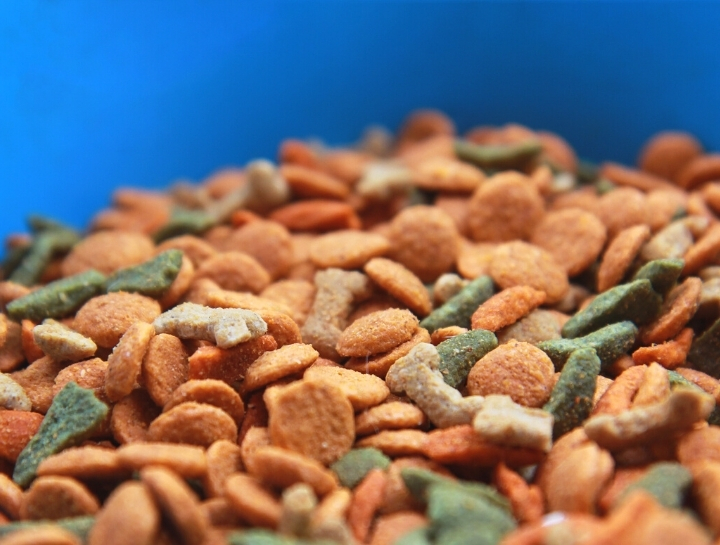Going Against the Grain: On Food Allergies in Pets

As veterinarians we commonly come across many clients who have misconceptions perpetuated by usually well-meaning but misinformed sources. It has often been said that the internet can usually give you enough information to get yourself into trouble but not enough to get out of it. This holds true for many things in veterinary medicine, and perhaps one of the most common misconception is that of food allergies.
For many people with an itchy dog food often becomes the first culprit for the cause, after all with all these grain-free diets flooding the market and the blame being placed on grains as a negative or problematic ingredient it is an easy assumption to make.
However, food allergies account for only about 10% of dogs, with the most common being atopy (environmental allergies) or flea allergies.
Of these true food allergy cases the top three allergens are beef, dairy products, and chicken, with grains being much lower on the list.
We often get the question, “If it isn’t a grain allergy, then why did my friend’s dog do better when they switched from diet X to a grain-free diet?”. As with everything in medicine in general there is no black and white, first we must define some terms, “food allergy” vs “food intolerance.”
A true food allergy results in some identifiable but not necessarily exclusive clinical signs such as: chronic excessive itching, ear infections hair loss, skin infections, and hot spots.
These signs not only are chronic but tend to be year round since we typically don’t change our pet’s diets as the seasons change. So if the itching and clinical signs wax and wane throughout the year food allergies are becoming less likely.
The other thing to keep in mind is the potential for other factors at play, for example the yellow lab that spends the majority of its time in the chlorinated pool in the back yard and comes in with a hot spot. Food allergy? Unlikely. The more obvious explanation is the thick hair coat mixed with the chronic moisture from swimming. Same thing with ear infections in this type of patient.
The other term to define is food intolerance, this usually manifests as gastro-intestinal signs such as loose stool, vomiting, and frequent bowel movements.
In these cases the issue is not necessarily with the type of ingredients but rather the percentage of nutrients such as too high of a fat content etc. So when the previously mentioned “friend’s dog” made that switch from diet X to the grain-free diet, was it the lack of grains that caused the improvement or did they also just switch from beef-based diet to a salmon-based diet thus eliminating the allergen or reduced the amount of fat making the diet more tolerable to that particular dog.
So how do we test for food allergies?
While many companies offer food panels for allergy testing done on blood and fur samples, these tests correlate better to environmental allergies than they do with food allergies. Thus making them a less reliable method for accurately diagnosing food allergies via these methods. At this time, the best method we have for determining food allergies is by doing an elimination trial, when your pet is on a specific hypoallergenic diet for 2-3 months. This means nothing by mouth other than the prescribed diet, including any chewable medications, heartworm pills (ask your vet about topical heartworm products to use during the trial), rawhides, nothing artificially flavored, or anything else that could disrupt the trial.
While the cost of many if these diets are high, remember that it is not a long term diet but rather more of a diagnostic test. Some clients wish to use over the counter diets for this type of testing, but should be warned that just because a diet label does not list an ingredient, doesn’t guarantee that it is not contaminated from the previous food processed at the facility.
Comparison can be made to a child with a peanut allergy needs to avoid products produced in a plant that processes nuts. This is why as veterinarians, we often reach for the prescription diets whether hypoallergenic or a limited ingredient diet, as they tend to have higher standards and cleaning practices to guarantee their diets are free from other protein contaminants.
Hopefully this helps in navigating the overwhelming food aisles at your local pet store or now even online sources as you search for the right food for your pet. If not, next time you are in for your pet’s yearly checkup or episode of itching, start a conversation with your veterinarian regarding your pets diet and the possibility for food allergies to be a problem in your furry friend.
About the Author
Dr. Damian Mazzocchi graduated from the University of Pennsylvania, where he earned his veterinary degree and completed the Veterinary Business Management Association Certificate Program, and received the American College of Veterinary Radiology Student Award.